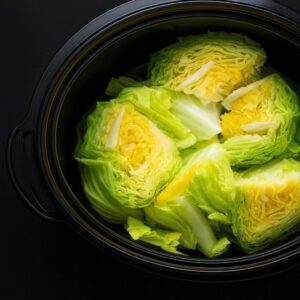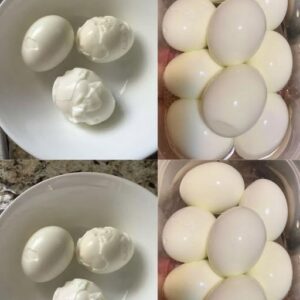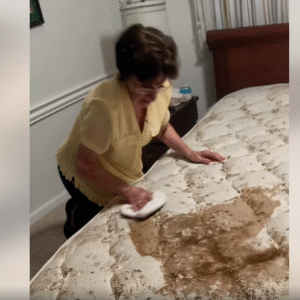Water purifiers are designed to protect families by providing clean, safe drinking water. However, many people do not realize that improper use or neglect can turn these helpful devices into hidden sources of bacteria, mold, and harmful contaminants. Misunderstandings about how water purifiers work often lead to habits that compromise water quality, increase health risks, and reduce the lifespan of the machine. The following essay explores the most common misconceptions that transform water purifiers into dangerous breeding grounds—and what you should do to avoid them.
One of the biggest misconceptions is the belief that water filters can be used indefinitely. Many households forget to replace their filter cartridges on time, assuming that as long as the water tastes fine, the filter is working properly. In reality, filters accumulate dirt, heavy metals, bacteria, and organic matter over time. When they become clogged, they no longer purify the water—instead, they release trapped contaminants back into the water stream. In severe cases, expired filters can actually cause bacterial growth, making the water more polluted than before filtration.
Another common mistake is assuming that all water purifiers are maintenance-free. Some people install a purifier and never clean it again, believing that filtration happens entirely inside a sealed system. However, components such as storage tanks, faucet heads, pipes, and external housings often collect dust, algae, and biofilm. Without regular cleaning, these areas become ideal environments for pathogens to thrive. Drinking water stored in an unclean tank may contain bacteria counts significantly higher than unfiltered tap water.
A third misconception is trusting that boiling filtered water is unnecessary. While modern filters remove many contaminants, they cannot eliminate all microorganisms—especially if the filter is old or low in quality. In regions where water sources are unstable or prone to contamination, boiling remains an added safeguard. Some families believe that “filtered water equals guaranteed safety,” and this false security can expose them to viruses and harmful bacteria.
Many users also misunderstand how to store purified water. Pouring clean water into unclean bottles or containers reintroduces bacteria immediately. Even worse, some people store water for too long at room temperature. Purified water, like any other type, can grow bacteria if left stagnant. Without proper storage hygiene, a high-quality purifier cannot compensate for contaminated containers.
Another harmful misconception is that any filter type works for any water source. Water purifiers are designed differently depending on the level of contamination. For example, areas with high levels of heavy metals or pesticides require RO (Reverse Osmosis) systems, while places with low mineral content may be better suited for activated carbon filters. Using the wrong type of purifier not only reduces effectiveness but may give users a false sense of security while their water remains unsafe.
Finally, some people believe that more filtration is always better, leading them to choose machines with unnecessary or overly complex systems. Over-filtration can remove essential minerals, affect water taste, and even strain the machine. Balance is key: water should be clean, but still contain natural minerals beneficial to health.
In conclusion, water purifiers are incredibly useful tools—but only when used correctly. Misconceptions such as ignoring filter replacement, skipping cleaning routines, improper storage, or using the wrong filtration system can transform a water purifier from a source of health protection into a source of illness. To keep your family safe, it is essential to follow manufacturer guidelines, maintain a regular cleaning schedule, choose the right filtration technology, and remain aware of the purifier’s condition. Understanding the truth behind these common mistakes ensures that your water purifier continues to deliver clean, safe water and supports the long-term health of your entire household.





